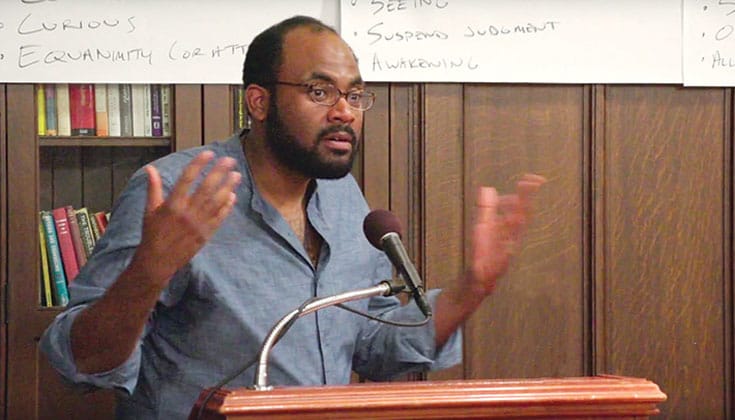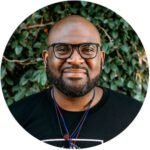For me, practicing mindfulness is about showing up in the best way possible in my body and in my life.
As an authorized lama in the Tibetan tradition of Buddhism, I am trained in Mahamudra, a system of meditation and philosophy that is concerned with revealing the true nature of mind and phenomena. Mahamudra emphasizes calm abiding (shamatha) and insight (vipashyana) meditation. Calm abiding is learning to allow the mind to be as thoughts, emotions, and perceptions flow in and out. Insight is the practice of discerning what the mind is by exploring and analyzing phenomena of mind. Training in the initial stages of calm abiding is essentially mindfulness training, and it is taught that without the stability derived from concentrated calm abiding practice, insight meditation would be difficult.
When I started focusing more on mindfulness, I noticed that it was something I had been practicing acutely for most of my life.
Though I have no formal training in sutra-based mindfulness, I have been working with the Satipatthana (Four Foundations of Mindfulness) Sutta in my personal practice. It has been a foundational text for me as I continue to understand meditation and what Michel Foucault called “technologies of the self”—the various means through which we may affect personal mental and physical changes to produce more happiness, contentment, wisdom, etc.
As I practice mindfulness each day, it becomes a practice of being in my body, knowing my body, and moving with my body as it moves through the world. It is breathing with it, hurting with it, and rejoicing with it.
When I am with other bodies sharing spaces, communing together, or making love together, then mindfulness is knowing that I am there showing up with my body and breath. For me, mindfulness must first emerge from my body as it is positioned in the world, open and sensitive to the many ways it is interpreted by others, sometimes in ways that are traumatizing and wounding, and sometimes in ways that celebrate my body.
When I started focusing more on mindfulness, I noticed that it was something I had been practicing acutely for most of my life. It had been so much a part of how I have survived as a Black queer man in this world. It was being aware of how people notice me in space, like walking into a store and having no choice but to be mindful of the cashiers or plainclothes security because you are already a suspect.
Mindfulness continues to be the practice of surviving how my body becomes a canvas on which other people’s projections paint a reality for me that is often quite harmful. To be present to this process is to resist this kind of violence.

